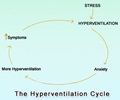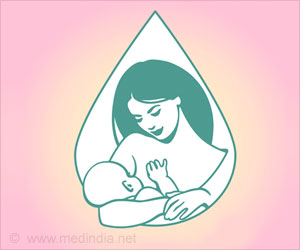Women under the age of 55 fare worse than their male counterparts following a heart attack, a Heart and Stroke Foundation study has found.

"While the high prevalence of traditional cardiac risk factors like diabetes, smoking, and high blood pressure contribute, they do not fully explain the poorer outcome in women," says Dr. Karin Humphries, Heart and Stroke Foundation Professor in Women's Cardiovascular Health at UBC. "This is why our study focuses on exploring non-traditional risk factors such as depression, anxiety, and social support."
Dr. Humphries attributes the slower recovery of women in part to prevalent social and cultural standards that typically place women in this age group in the role of primary caregiver.
"These women are likely not getting the support they need to recover from a heart attack," she says. "Women are less likely to attend cardiac rehabilitation than their male counterparts even when they are referred. We need to help women overcome their barriers to this essential part of their recovery."
Explanations for the difference in outcomes, she says, may be that women are presenting to hospital later, are less likely to believe they're having a heart attack, are more likely to put off seeking treatment and often ignore or under-report their symptoms. Additionally, they are less aggressively investigated for heart disease.
She adds that outcomes in younger women could likely be improved by increased awareness of risk factors and of heart attack symptoms.
Advertisement
In B.C. alone, more than 1,000 adults under age 55 are admitted to hospital each year following a heart attack. Of these, 25 per cent are women.
The researchers also found in the same group of patients that, while chest pain was the most common heart attack symptom in both men and women, the women suffered a higher severity of chest pain. They also had a wider range of other pain symptoms than men, including neck and throat pain, and left arm and shoulder pain.
"This research is consistent with other studies suggesting that women suffer worse quality of life with a diagnosis of heart disease," says Heart and Stroke Foundation spokesperson Dr. Beth Abramson. "Heart disease is a leading cause of death of women in Canada. Being aware of the warning signs and acting on them quickly can save lives and improve health outcomes." She says that women and their family members should talk to their doctors, be aware of any symptoms, and understand that heart attacks can happen to them too.
Source-Eurekalert














